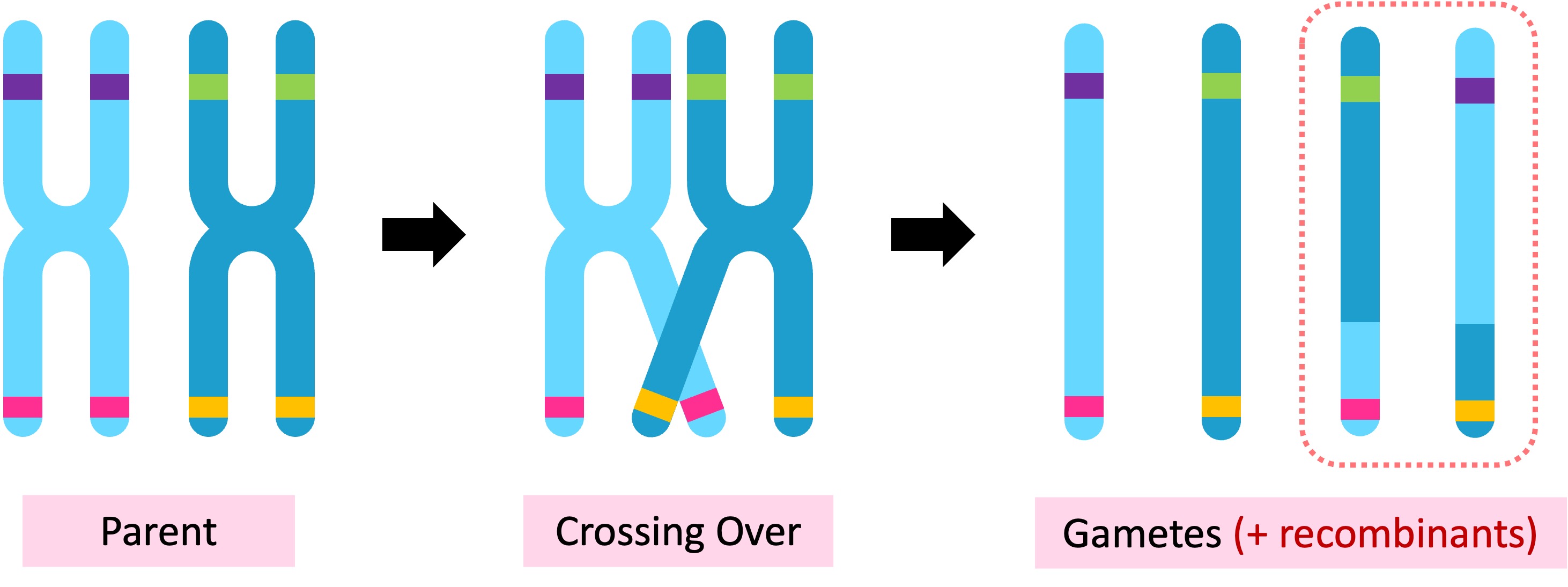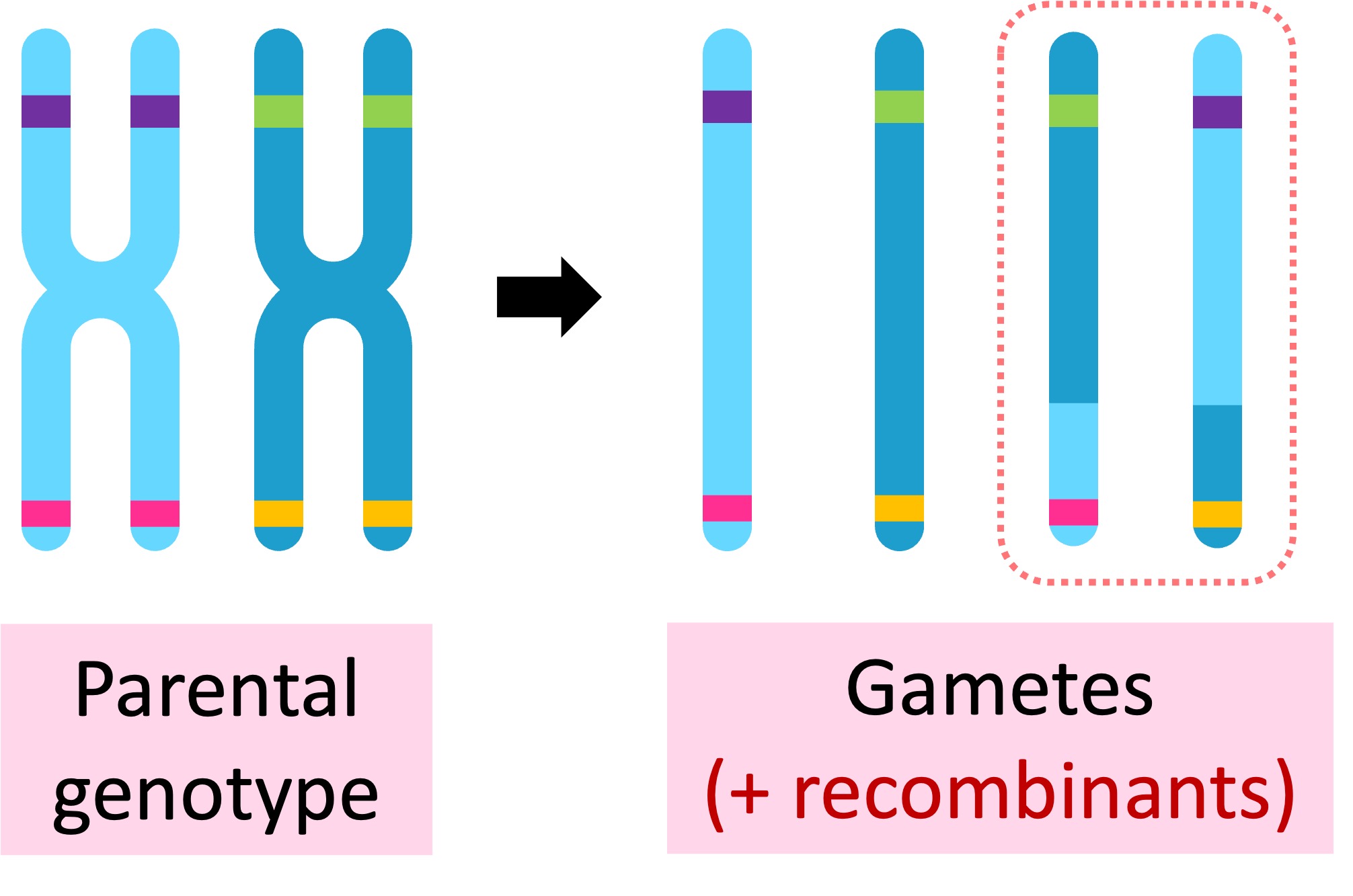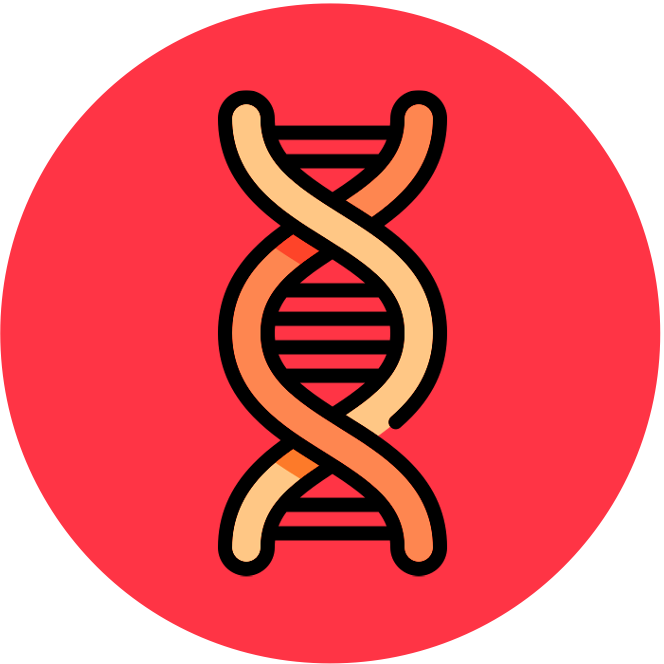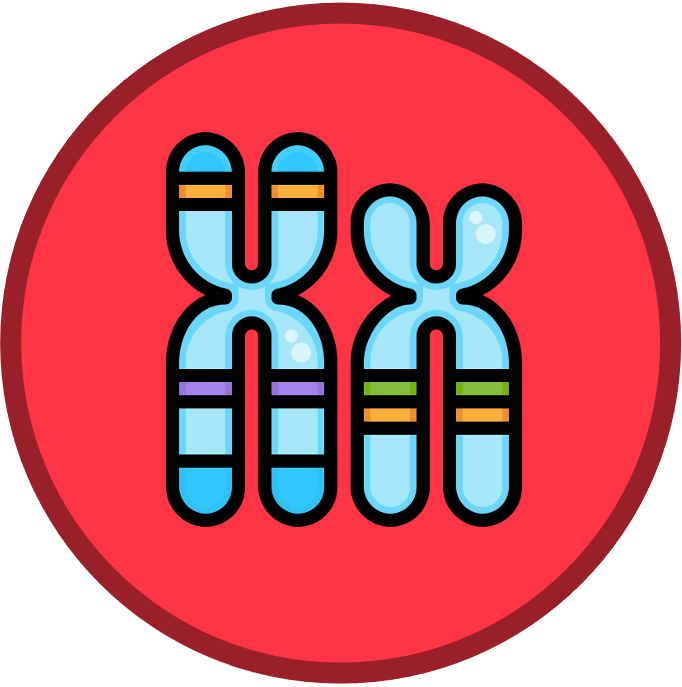

Recombinants
Recombinants refer to the combinations of alleles not found in the parents (for either linked or unlinked genes)
-
Recombinants can either be identified within gametes or in the genotypes and phenotypes of offspring
Recombinants can be seen in crosses between two unlinked genes due to the segregation of homologous chromosomes
-
The independent assortment of unlinked genes allows different combinations of alleles to be passed on to offspring
Characteristics encoded by linked genes do not undergo independent assortment, but recombination can still occur via crossing over
-
During prophase I of meiosis, homologous chromosomes become connected via a process known as synapsis
-
While in synapsis, non-sister chromatids may break and recombine with their homologous partner at points called chiasmata (singular = chiasma)
-
If linked genes become separated by a chiasma, this will allow for allele combinations that are different to those of the parent
Crossing over is a random process and chiasmata do not form at the same locations with every meiotic division
-
This means the frequency of recombinant phenotypes will be lower than that of non-recombinant phenotypes
-
The recombination frequency between linked genes will be greater when the genes are further apart on the chromosome
Recombinants






